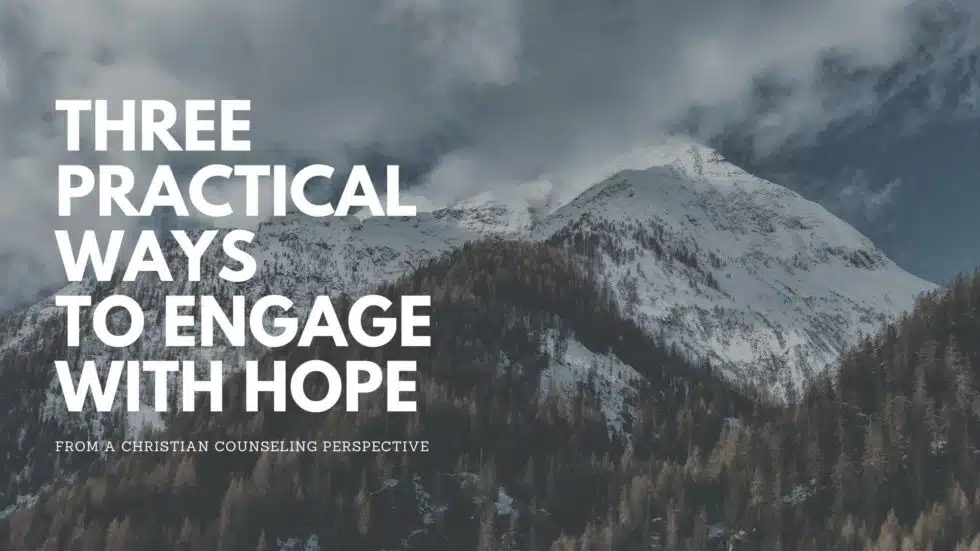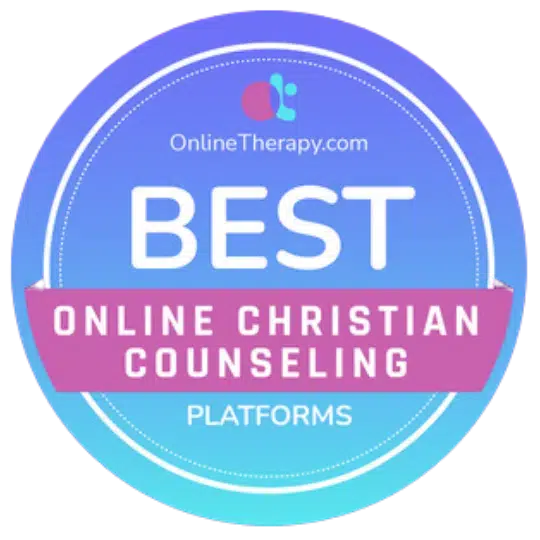As a Cornerstone team, we are working on increasing vulnerability in 2021. (Yes, I know how funny this sounds coming from a team of counselors). It’s because of this process of vulnerability, that I discovered and embraced these steps to practical hope.
I’m learning to press in and engage with my own vulnerabilities, and so I think it’s only right to tell you that this year I lost a sister, and my parents have yet to meet their three-month-old grandchild. It’s been rough, and it’s been weird navigating this past season.
I think it’s safe to say that I’m not alone in this–all of us have experienced grief and loss in some form this year. And all of us could use more HOPE.
It’s because of all this, Trudi’s blog touched me in the way that it did. If you haven’t done so already, check out THIS BLOG written by my friend and co-worker earlier this month.
She mentions how “Christmas is the first act in a story that would change everything.” It’s true. Before the “angel of the Lord” came and visited with Zechariah, there were 400 years of silence between God and His people.
However, through the unimaginable, they continued to have hope. For centuries, the Old Testament prophets spoke about the coming of a Messiah. And eventually, God delivered. However, God delivered in His timing. He had to pave the way for His Son to come into the world to save them…to save us…to save you and me.
Frederick Buechner writes about hope in his book Beyond Words. He says,
“For Christians, hope is ultimately hope in Christ. The hope that He really is what for centuries we have been claiming He is. The hope that despite the fact that sin and death still rule the world, He somehow conquered them. The hope that in Him and through Him all of us stand a chance of somehow conquering them too. The hope that at some unforeseeable time and in some unimaginable way He will return with healing in his wings.”
Healing, love, and a road back to God is what Jesus brought to his people.
Eventually, we will experience the full measure of His love, healing, and grace, but for now, we wait. And we hope.
Here are 3 practical ways to engage with hope as we continue to make our way through a difficult time:
First, we remember God is there. (Even during the bleakest of times.)
In 586 BC, Judah fell into the hands of the Babylonians. During this time the Israelites witnessed the killing of their friends and family, experienced starvation, and were scattered throughout their land. The author of Lamentations, who witnessed the fall of Judah, wrote this:
“But this I call to mind, and therefore I have hope: The steadfast love of the Lord never ceases; his mercies never come to an end; they are new every morning; great is your faithfulness.” —Lamentations 3:21-23
I don’t claim to know what God is doing or believe that He orchestrates evil for our growth. However, I do believe he allows us to experience difficult times. I tell my clients and colleagues “there is no growth without struggle,” and I can tell you, we’ve all grown a lot this year. I would encourage you to approach difficult times (or seasons) with this prayer, “God, what are you doing in all of this? And can you help me be patient enough to wait and see?”
Second, it is a lot easier to engage with hope when we can calm our nervous system.
Our nervous system houses both our body’s accelerator and brake. When stress and trauma become too much, it can feel like we are pushing both pedals at the same time. This leaves us feeling anxious and apathetic, ready to go and frozen in time, hot and cold, up and down. In other words, stress and trauma can speed us up and stop us mid-stride all at once.
However, when our nervous system feels calm, it helps our mind to feel calm. When we’re able to slow down and pay attention to our nervous system and body, we are able to feel more calm, which leads us to the ability to feel more hope.
You’ve likely heard this from your doctor or a PBS show, but let me remind you again. Taking care of your body begins with getting enough sleep (don’t underestimate this), eating the right food, and exercise.
For some people, exercise is better than medicine. However, if you are taking care of your body and your anxiety or depression continues to be significant, I would encourage you to seek out a counselor who can walk with you through the process of reducing (or even extinguishing) the accelerators that create anxiety or depression in your life.
Lastly, the best way to find HOPE in the present is to focus on what is happening now. If you tune into the present, you can orient yourself into the sacredness that is this moment–this moment between you and God.
I would start by focusing on your breath. Pay attention as you breathe in and as you breathe out. As you notice your breath, take a short scripture or a character of God and focus on it. For example, as you breathe in you think, “God is in control,” and as you breathe out, “God is in control.” Try this for a few minutes and notice what happens in your body and your mind. Are you feeling MORE hope or LESS hope then when you started?
My desire as a counselor is that you are able to embrace hope in dark times. My prayer for you – and honestly for myself – is that we can use 3 practical ways to engage with hope to help calm our bodies and mind so that we can engage with the hope that comes by believing in our Savior.
Author: devin p. pierce
Devin is a member of our counseling team and serves as our director of continuing education and training.
If you’re interested in counseling with Amber or another one of our other amazing counselors, click here to view our line-up.







